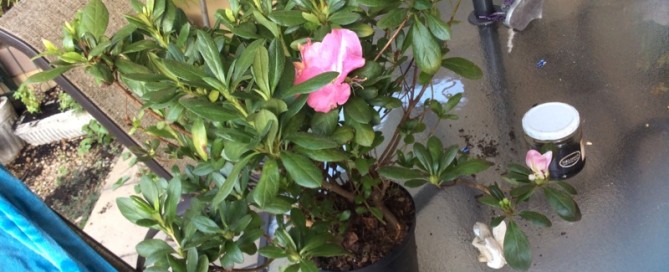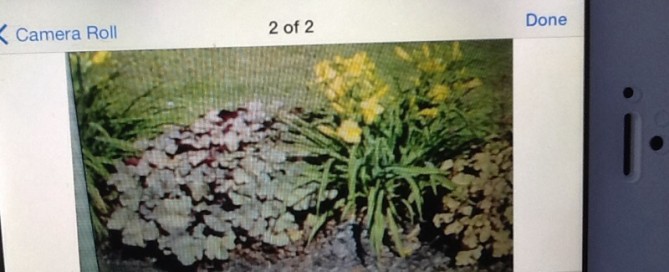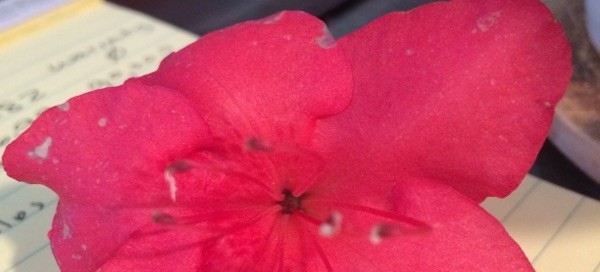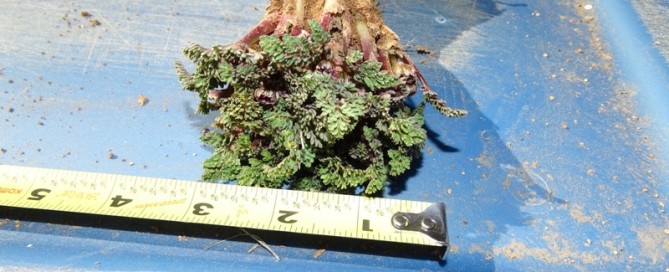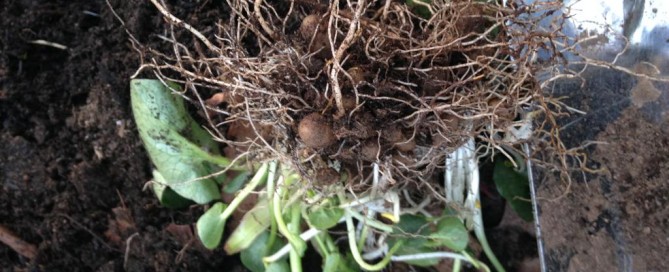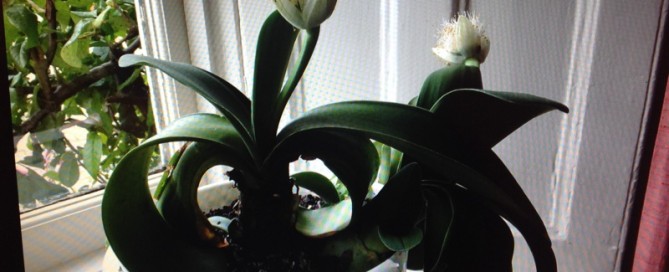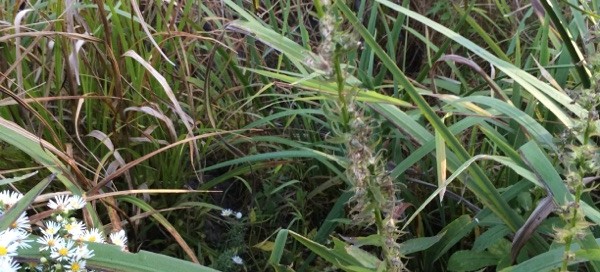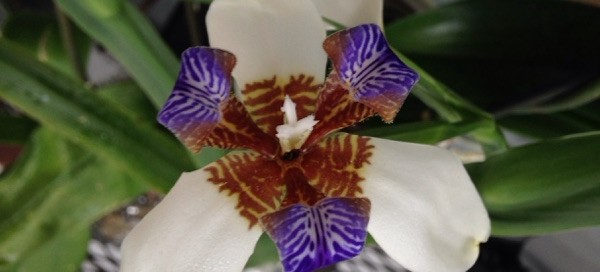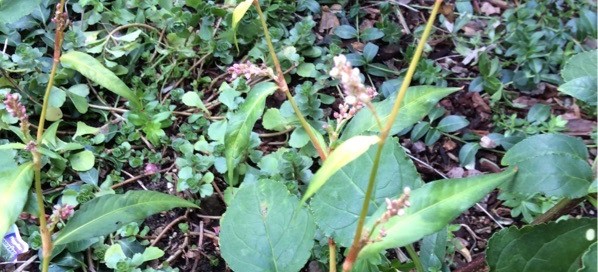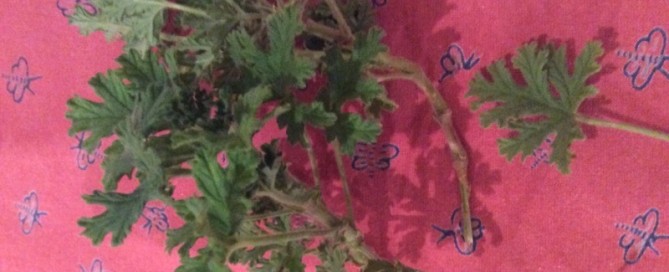Azalea Care
If kept in a container, it does very well on a semi-shaded patio or veranda or under the sheltered canopy of a tree, especially if it is deciduous tree since in winter the azalea will receive more sun but in spring-fall will have the filtered light. If planted directly in the ground, it needs well-draining, acid soil planted under a tree with deep roots because azaleas are shallow-rooted and cannot compete with a shallow-rooted tree. Your garden center will be able to help with proper selections and site selections. Just remember that most azaleas thrive in dappled rather than full shade and mulch around the base of the azalea to conserve moisture and to protect its shallow roots from hot, dry weather. And when you do mulch, do not apply directly up against the trunk of the plant as this may lead to disease and insect problems. As mentioned in an earlier identification feed with an acid fertilizer and make sure the selected tree also thrives with acid food.
